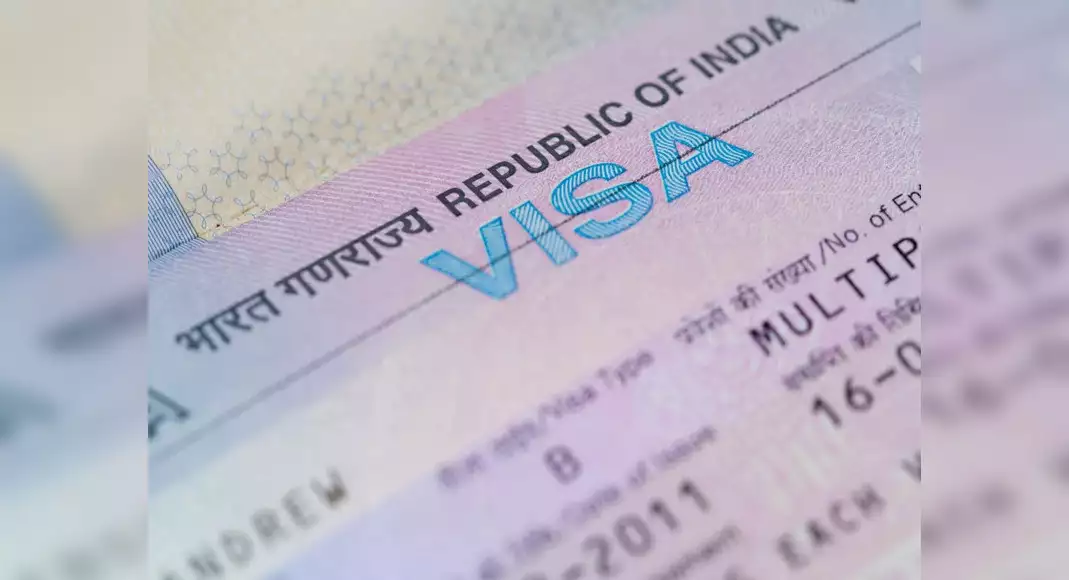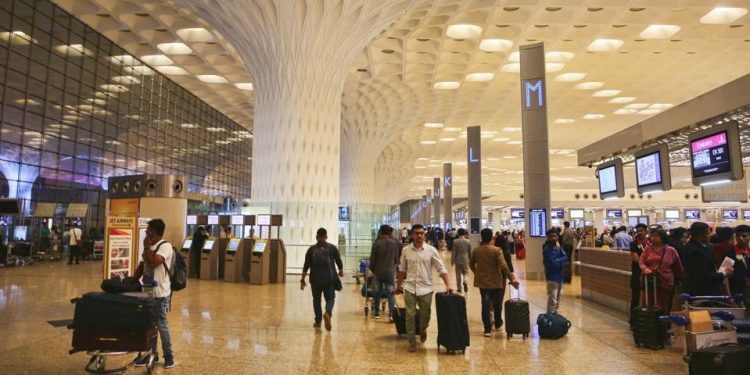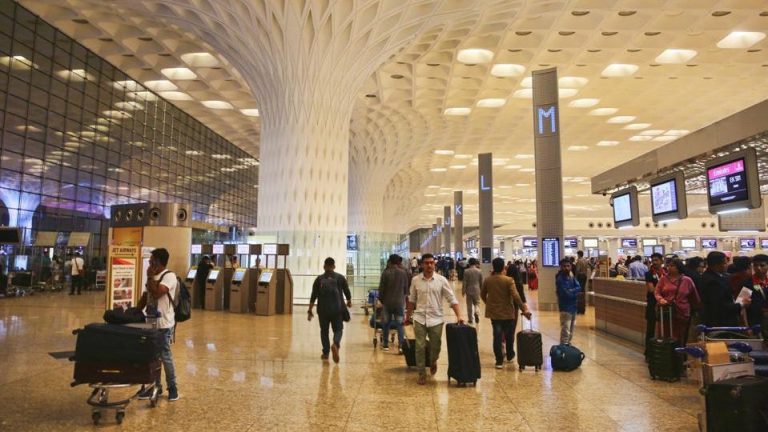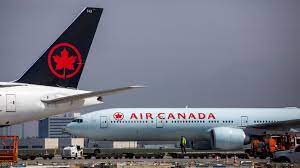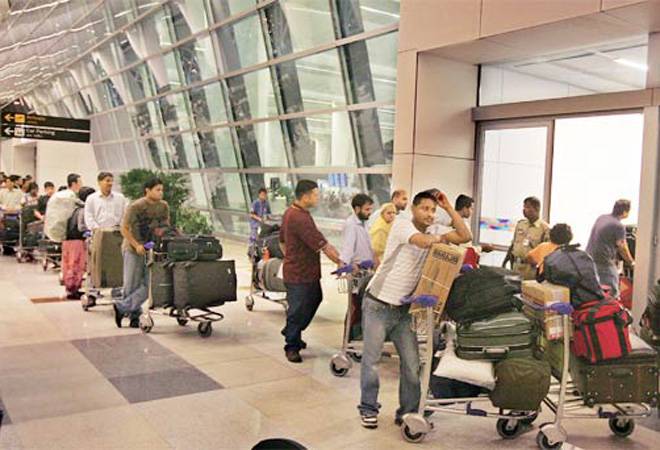How to Apply for an Indian Medical Visa as a US Citizen
Indian visa regulations stipulate that United States passport holders can apply for an Indian medical visa if they are traveling to India to receive medical treatment and will be staying in India for up to 180 days or less. This article describes how you can apply for an Indian medical visa as a US citizen. If you have additional questions, we invite you to contact the local embassy or consulate of India closest to your area using the contact information listed on the official website of the Indian Ministry of External Affairs.
Get your medical visa stamped before coming
Before traveling to India, you will need to get your medical visa stamped on your passport. You can visit your nearest Indian consulate or high commission and apply there (applications take about 2–3 weeks) or use a third-party service such as Indigo Streams. Getting it stamped costs around $60 and is usually handled by an agent who will make all arrangements on your behalf, which means one less thing for you to worry about. You’ll also have peace of mind knowing that if anything goes wrong with getting into India, you have someone else handling it. INDIAN VISA FOR US CITIZENS
Find out if you need an Aadhaar card
If you’re traveling from outside India, you won’t need any extra paperwork; however, if you’re traveling from within India (and have plans to return), you’ll need an Aadhaar card. If you don’t have one, ask your local Indian embassy or consulate about how and where you can get one. Once that’s done, apply for your visa and follow all of their instructions; make sure they have all of your paperwork and documents together before leaving. Keep in mind that once you receive your medical visa, it’ll expire in 180 days (as long as it’s not extended); during that time period, you need to schedule an appointment with a physician within seven days of arrival. You’ll be scheduled on a first-come, first-served basis so plan ahead accordingly.
Schedule appointments in advance
In order to receive your medical visa, you’ll have to visit an approved hospital and make all necessary appointments in advance. A common question is whether or not it is necessary to schedule every single one of your appointments, such as those with doctors, physiotherapists, and specialists. To be on the safe side, you should do so; however, if that doesn’t fit into your plans, at least try and make initial appointments with essential services like blood tests, X-rays, and scans. This way you can focus on your recovery during any free time you may have between these appointments.
Carry the right documents
If you need medical care in India, you’ll be required to present two documents: your passport and your visa. As of now, American citizens are expected to apply at their local consulate in order to obtain one of these important documents. These visas will remain valid for six months but can be extended once; after that, however, it’s necessary to re-apply through your local Indian embassy or consulate. So what does that mean?
Prepare for your trip
Before you can apply for an Indian medical visa, you’ll need to take care of some preliminary paperwork. Fortunately, that’s easier than it sounds. To get started, contact your doctor and find out what forms you need. Many travel companies offer immigration services; if not, try searching online for immigration lawyers in India or immigration agencies in India—it’s worth doing some research if you don’t know how best to proceed. (You may also want to check with your health insurance provider.) Once you’ve received all your necessary paperwork and have everything in order, book your flight and accommodations; once they’re booked, get your passport updated and ready—you’ll need it when applying for your INDIAN MEDICAL VISA. The application process takes between three and 10 business days.
Manage Your Expectations
As with any visa, it’s important to understand what you can and cannot expect when applying. The Indian government doesn’t issue medical visas—that work is left up to local individual embassies and consulates across India. Unfortunately, they also don’t provide information on which consulates are more likely to give out medical visas (or not), so you may have some guesswork involved if you aren’t sure which consulate(s) you should be contacting. When it comes down to actually getting your visa, many people report that timing is everything; in fact, not only does timing play a big role but so does planning ahead.
Do your homework
To apply for an Indian medical visa, you’ll need to: make sure your medical facility is licensed by India’s Central Drugs Standard Control Organization (CDSCO); submit your visa application in person at India’s Embassy in Washington D.C., and request hard copies of all required documents. The process may seem daunting, but it is well worth it: Indian medical tourism is booming. According to Brookings India, 1 million international patients travel to India every year for healthcare services; that number could grow significantly, given that about 23% of Indians live below $1.90 USD per day and people often cannot afford expensive treatments.
